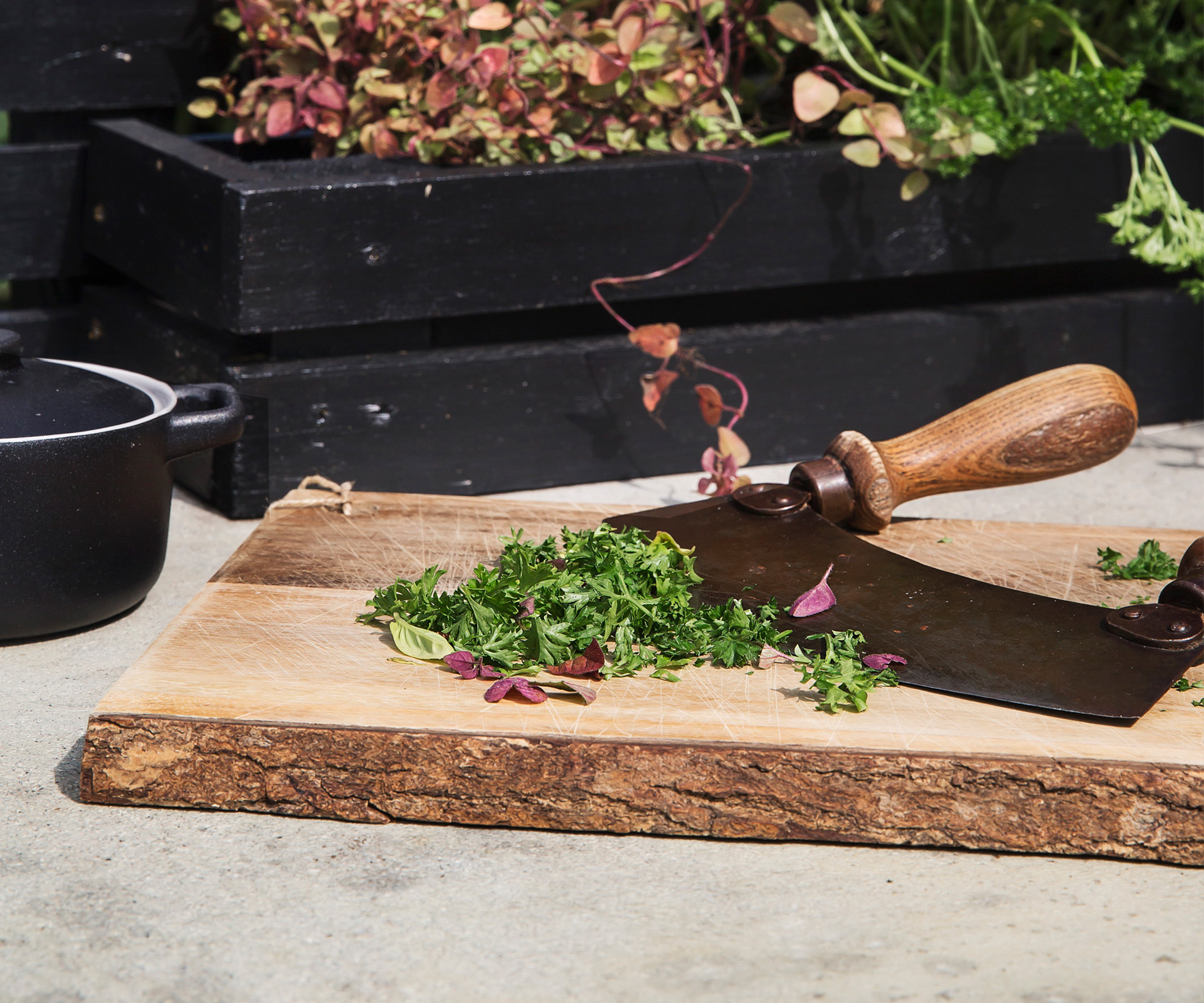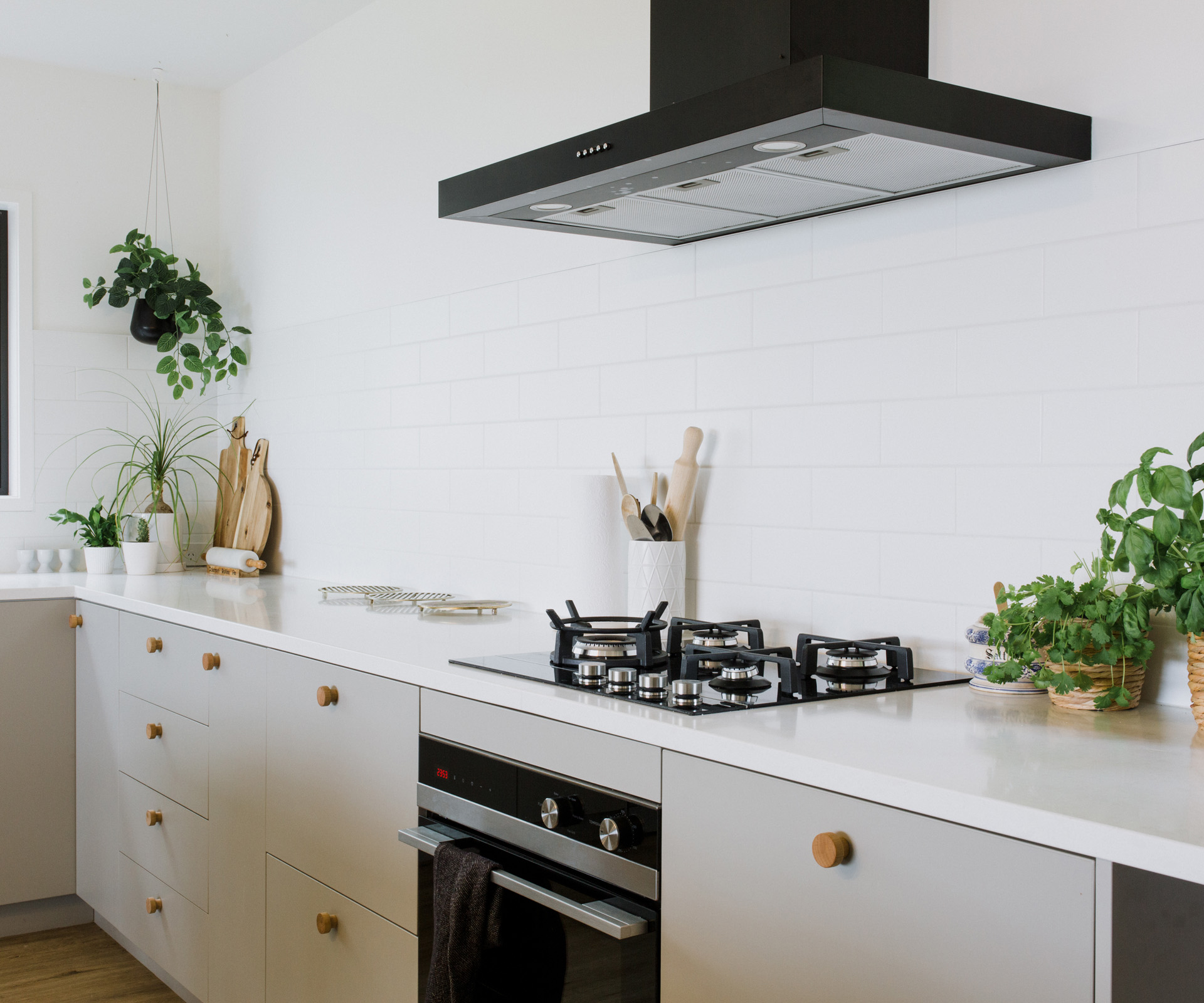Growing herbs is one of the easiest and most rewarding types of gardening, especially for beginners. Get started with these five popular varieties
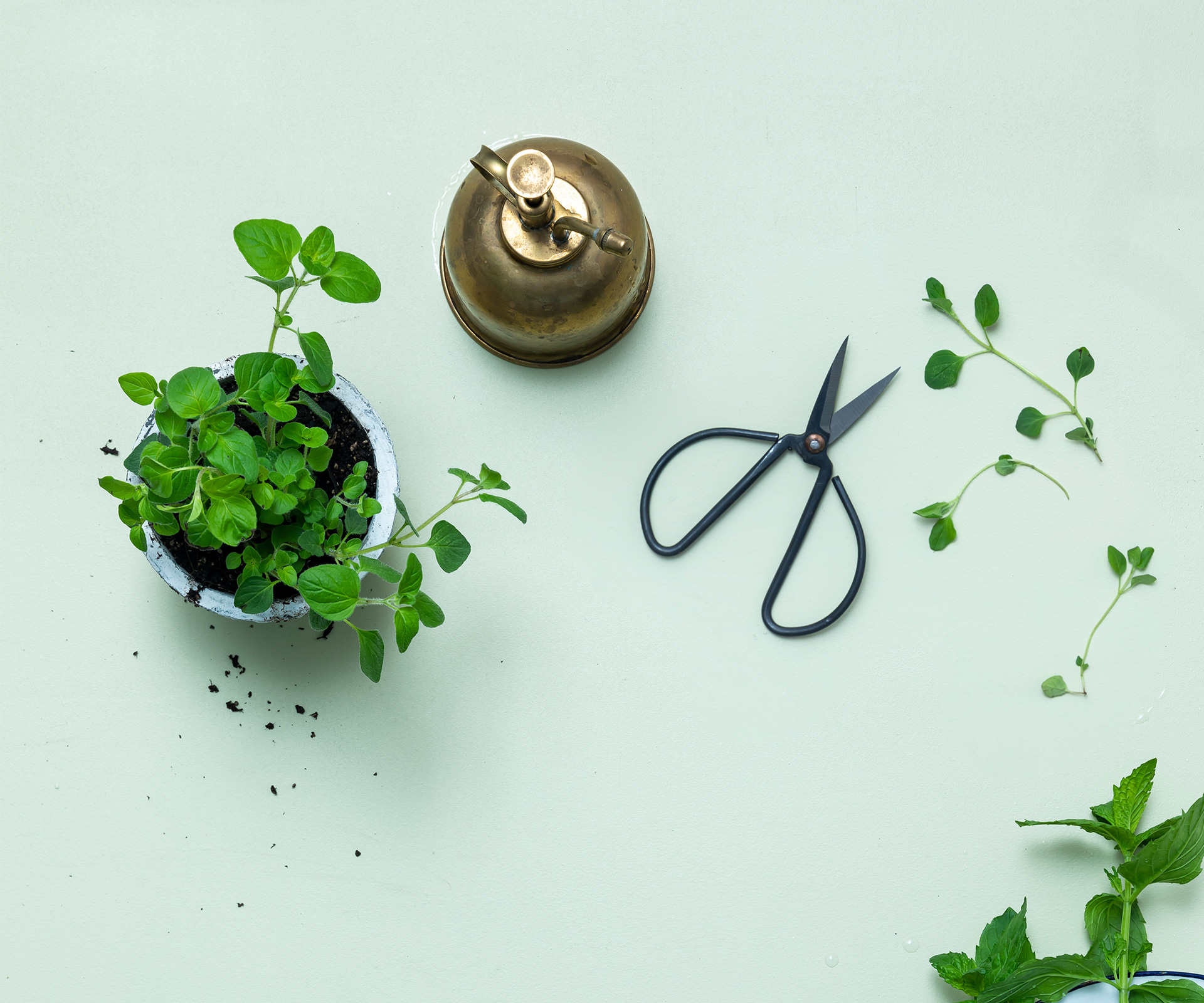
If you haven’t gardened before but are keen to give it a try, herbs are a great place to start. They are incredibly easy to grow and packed with antioxidants and nutrients – plus you’ll always have fresh leaves on hand to add to your salads and cooking. Herbs are pretty resilient; give them a decent patch of soil, some water and lots of sunshine and they’ll stick around for quite some time.
Growing herbs from seed is easy and affordable, but if you’re new to this, it might be less intimidating to start with seedlings. Pop into your local garden centre to grab the selection you’re after, and buy a couple of seed packets too. Once you’ve got the soil ready by digging in organic matter such as compost or sheep pellets, plant the seedlings and sprinkle a few seeds around them to get the ball rolling.
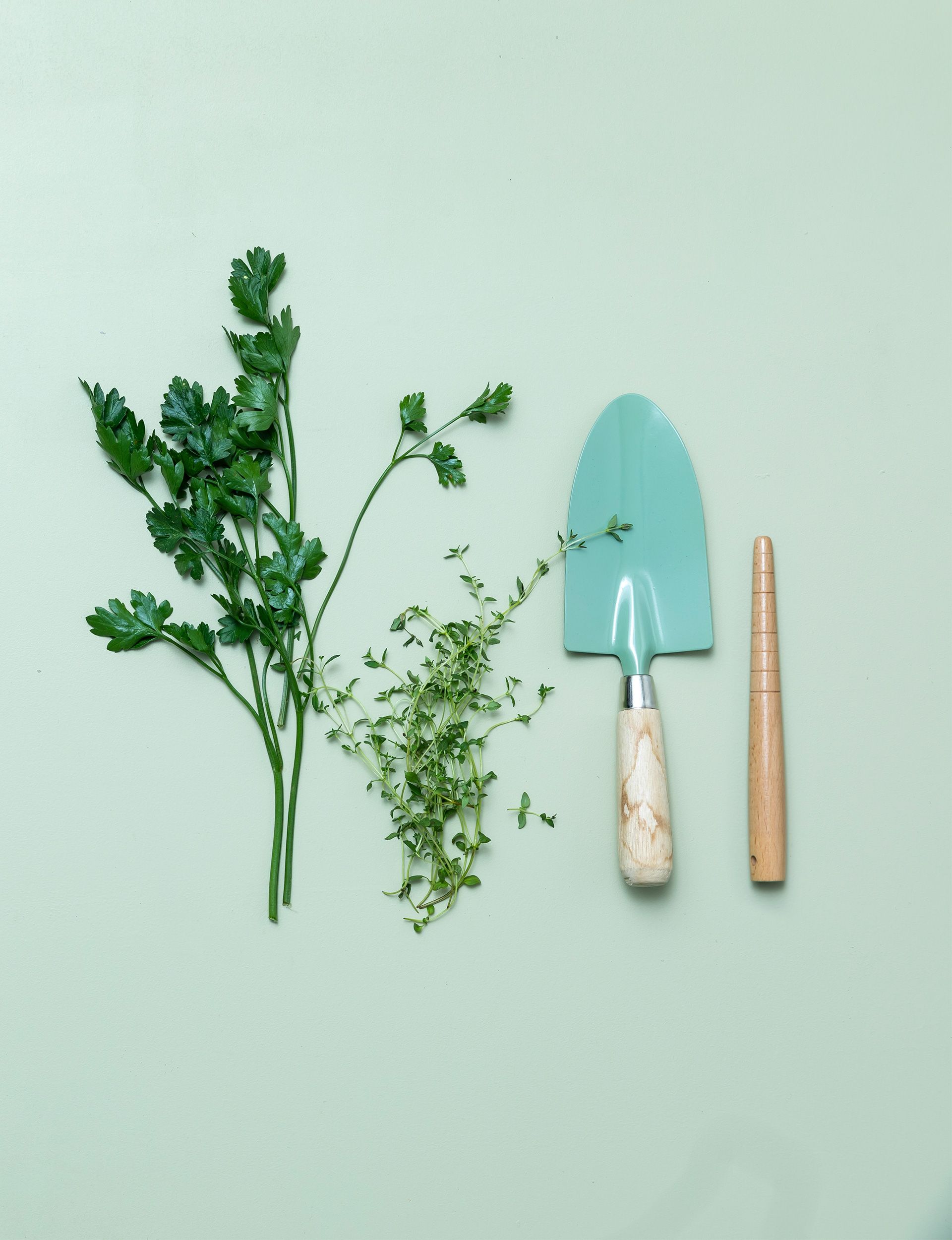
Inside or out?
Herbs grow well indoors so get creative with planters (filled with a quality potting mix) to create an indoor edible garden. If you’re short on space, jump on the microgreens trend by planting herb seeds in pots and harvesting the young shoots to add to salads. They’ll flourish on a sunny window sill.
If you’d like to establish an outdoor kitchen garden, choose a sunny patch close to the kitchen for easy access when you’re cooking; I plant tomatoes, lettuce, spinach and mesclun with my herbs so I can grab all my salad essentials in one fell swoop. Keeping super-thirsty herbs such as mint, coriander and basil together makes sense, too.
For newbie gardeners, keeping it simple is a good way to go. Here, we’ve suggested five common herbs as ideal starter plants for your herb garden and, as confidence grows, you can begin experimenting with more varieties.
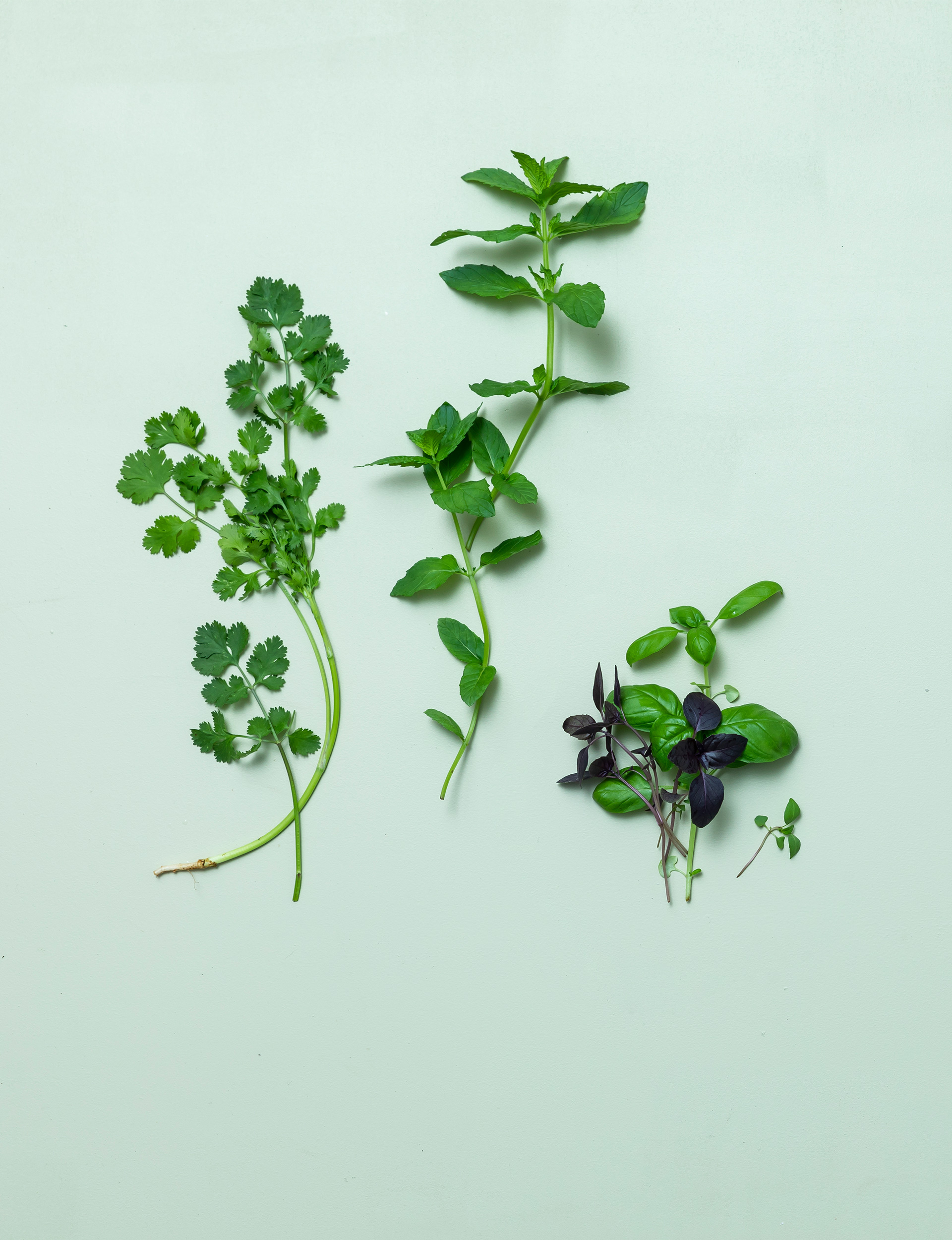
Coriander
This herb grows easily from seed in pots or garden beds and enjoys the shade rather than full sun. Plant in rows 30cm apart, pushing the seed carefully into the soil to about 6mm deep. Give it a light water initially, then let it go nuts. Thin the seedlings when 1.5cm high and keep it well watered as this herb thrives on fluids. It will go to seed if it dries out.
Mint
Mint prefers sunshine but will tolerate some shade and needs regular watering. This perennial is easy to grow, but prone to rust disease. When this strikes, it’s best to cut the plant down to the ground and bin the clippings – it’ll soon grow back. Planting a couple of mint plants in different parts of the garden will ensure you always have some on hand. However, once established, this herb is extremely difficult to get rid of and can spread like crazy – grow in pots or containers if you want to keep it under control.
Basil
Basil is the perfect addition to salads, on top of pizzas and in homemade pesto. Plant it in pots and position near a sunny window in early spring, or plant straight into the garden. To keep it leafy, pinch off flower buds as they appear and, as it’s a thirsty wee plant, keep it well watered. The perks? It not only tastes great but is antioxidant rich and has anti-inflammatory properties.
Flat-leaf parsley
This tender herb (also called Italian parsley) prefers shade and can be grown easily from seed sown directly into the soil, but be patient as germination can take a month (or 3!). If you’re big on this herb, you can start the seeds indoors for the first 2 months and transplant outside to grow larger plants. Parsley is rich in vitamins A, C and K and improves digestion and immune function.
Thyme
Thyme is a perennial herb (ie it will grow back each year, for a few years at least) which does best in well-drained soil in full sun. Its tiny white, pink or red blooms provide valuable food for bees and also make this plant a really pretty groundcover option. Plant in pots or along paths for an aromatic, Mediterranean effect.
More herb tips
- Keep picking herbs to encourage more growth and stop them setting seed.
- If you love Asian food, plant Vietnamese mint, Thai basil and lemongrass.
- Basil, rosemary, mint and lemongrass help to repel mozzies (flies also hate the smell of basil and mint).
- Basil will improve the taste of tomatoes if they are planted close together.
- Bees love herb flowers especially chive, mint, rosemary, lemon balm, sage and thyme.
- Oregano is tasty and also repels cabbage butterflies so plant near cabbage, broccoli and cauliflower.
Bug off!
- Keep on top of weeds as they create a dense, damp groundcover that slugs and snails love.
- Steep crushed garlic cloves in boiling water; once cool, spray onto plants to deter aphids, mealybugs, whiteflies and spider mites.
- Regularly pick creepy-crawlies like slugs, snails and caterpillars off plants.
- If your plant gets infested with pests, it’s best to get rid of it before the bugs spread to other plants.
Words by: Holly Jean Brooker. Photography by: Rebekah Robinson, Christina Kayser Onsgaard/Living Inside, Alice Veysey.
EXPERT PROJECTS

Create the home of your dreams with Shop Your Home and Garden
SHOP NOW

